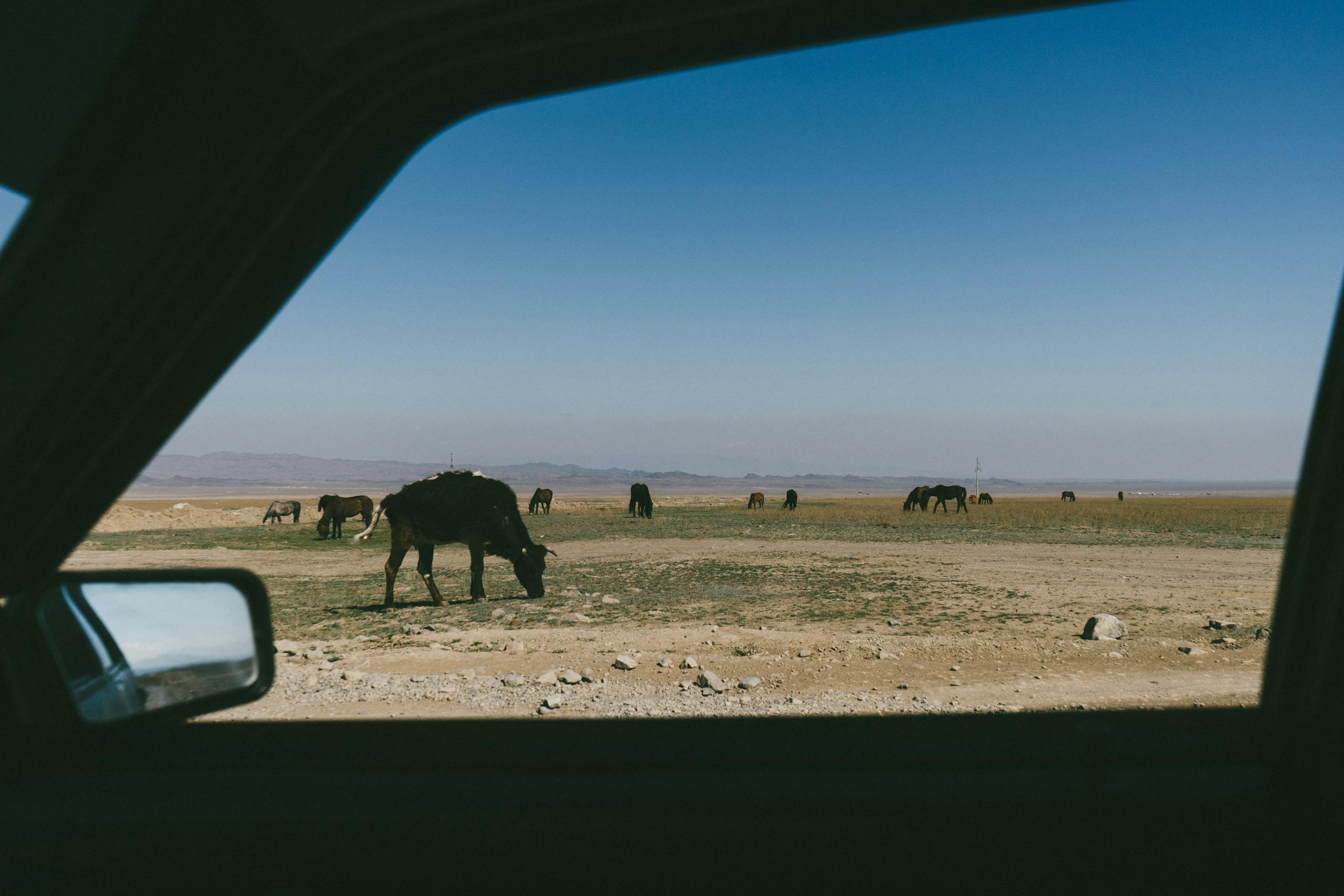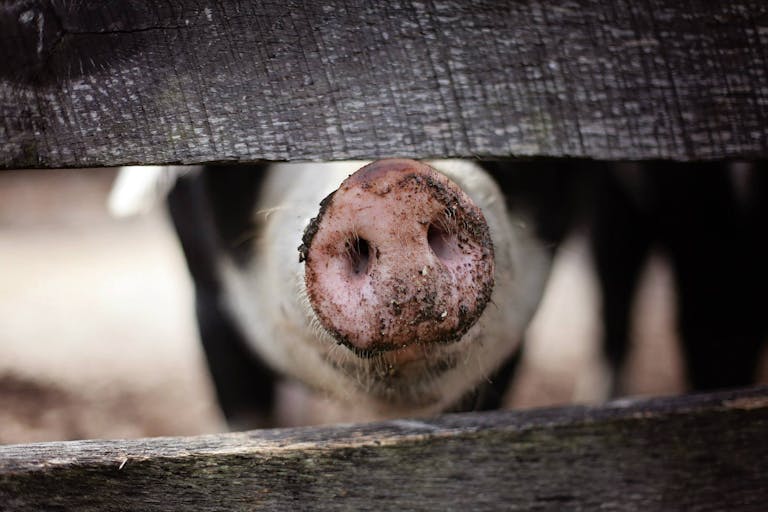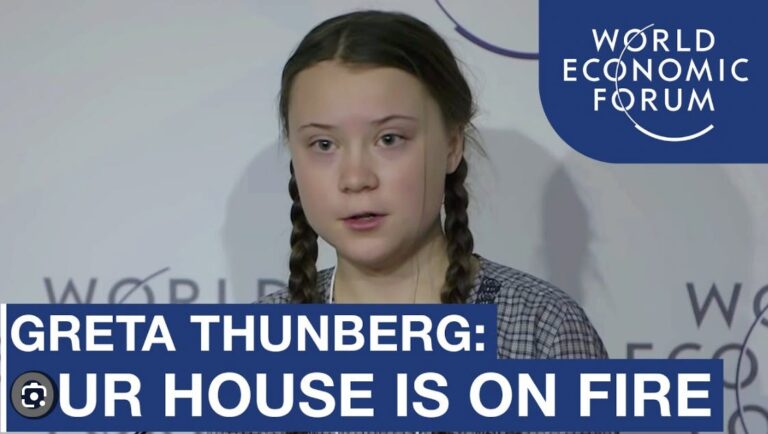EPA and UN eclipse logic with methane gaslighting.
This is a repost with permission from the author.
The slander of cows for their existential threat to humanity has focused on methane emissions, which allegedly warm the planet unsustainably. This dubious claim is premised on the sketchy logic that methane production negates any beneficial bovine ecological impacts (especially of urine and manure) and ignores the effects on the environment and food system if cows were to be eliminated. Recent claims that greenhouse gas (GHG) emissions from cattle and other livestock are “more potent” than that of cars display another climate cult sleight of hand, which turns a blind eye to toxic industrial pollution that is far more harmful than carbon dioxide or methane.
Carbon vs Methane
The serpentine path to demonizing cows as more environmentally harmful than muscle cars is charted using the special GHG calculus of weighted impacts of carbon dioxide and methane. According to the EPA, transportation generates some 35% of US carbon dioxide emissions, constituting 80% of total US GHG emissions. But methane, which comprises 11.1% of these emissions, is alleged to be more potent, and the EPA identifies livestock as the nation’s largest producer thereof: Ergo, cows are “worse” than cars.
In vilifying bovines, the EPA blames the animals’ biology for what is unnaturally created by the industrial management practices used to house and feed them. Cows rotationally grazed on well-managed pastures prevent erosion by building soils, feeding the microbiome, and increasing water retention – through manure, urine, and grazing activity that nurture plant growth and carbon sequestration. All these activities stimulate microbial life, sequestering carbon, nitrogen, and methane (more than cows emit via burping). Cows are much more than their methane footprint!
This methane metric is demonstrated at the EPA’s website:
“Domestic livestock such as cattle, swine, sheep, and goats produce CH4 as part of their normal digestive process. Also, when animal manure is stored or managed in lagoons or holding tanks, CH4 is produced. Because humans raise these animals for food and other products, the emissions are considered human-related. The Agriculture sector is the largest source of CH4 emissions in the United States.”
The operative phrase “when animal manure is stored or managed in lagoons or holding tanks” reveals that the EPA counts all bovines as Concentrated Animal Feeding Operation (CAFO) cows. Humans who regeneratively “raise these animals for food and other products” sequester carbon year-round anthropogenically. It is industrial agriculture that has created artificial lagoons and polluting tanks, not cows grazing as they have for eons without blowing up the universe with a flatulence-fired heatwave.
Manure Deniers
The EPA’s methane metric as applied to livestock exposes another gross flaw in its climate calculus: If cows – whether CAFO or naturally pastured – are eliminated from the US food chain, increased synthetic fertilizer production will be required to replace the manure lost in the bovine-phobic frenzy to eradicate cow burps and flatulence. Synthetic fertilizers damage rather than nurture soil microbes, increase erosion and water loss, and generate GHG nitrous oxide in manufacture. EPA reports:
“Nitrous oxide molecules stay in the atmosphere for an average of 121 years before being removed by a sink or destroyed through chemical reactions. The impact of 1 pound of N2O on warming the atmosphere is 265 times that of 1 pound of carbon dioxide.”
Using their sad-sack logic, the EPA and the manure deniers claim cows are “worse than cars” because methane is worse than carbon dioxide, so cows must be replaced with synthetic fertilizers that destroy soils and emit nitrous oxide, which is far more harmful than methane or carbon. This dismisses the animals’ lost milk and meat, converted from God’s solar panels (renewable energy called “grass”) into healthy food and rural economic growth.
Cows vs Cars
Though all cows are basically the same biological creatures, their management determines whether they are a net benefit or a detriment to the ecosystem. Similarly, cars share many of the same basic attributes: EVs and gas-powered vehicles all require coal-fired steel plants, mining, paints, plastics, chemicals, rubbers, and smelting of various metals that are exempted from the carbon-centric rubric of the climate cult, while the forever chemicals they generate escape into the water and air Americans drink and breathe. EVs and gas-powered cars all end up together in junkyards and landfills.
Yet like CAFO versus rotationally grazed bovines, electric or hybrid cars and their combustion-powered cousins are very different environmental animals: Tires on EVs wear 30% faster than gas-powered cars, their massive batteries pose far greater environmental problems in mining and disposal than their 12-volt forebears, and they burn fossil fuels through the electric grid rather than directly from a service station. The environmental movement and EPA do not categorize EVs and gas-powered cars as equals in their carbon-focused diktats but as opposites in the battle against climate change. Traditionally, husbanded beef and dairy cows are far superior at carbon sequestration than a $70,000 government-subsidized EV or solar panel will ever be. They sequester carbon and feed the soil throughout their lives and again at death – unlike the “renewable” industrial fabrications that will have to be landfilled and replaced with yet more toxic manufacturing.
Cows are not worse for the planet than cars. What is dangerous for the planet is an ideology that would replace natural processes like grass-blade photosynthesis with solar panels, animal meat with synthetic lab goo, and human choice with carbon-obsessed totalitarianism. And in the end, people can’t eat cars.








